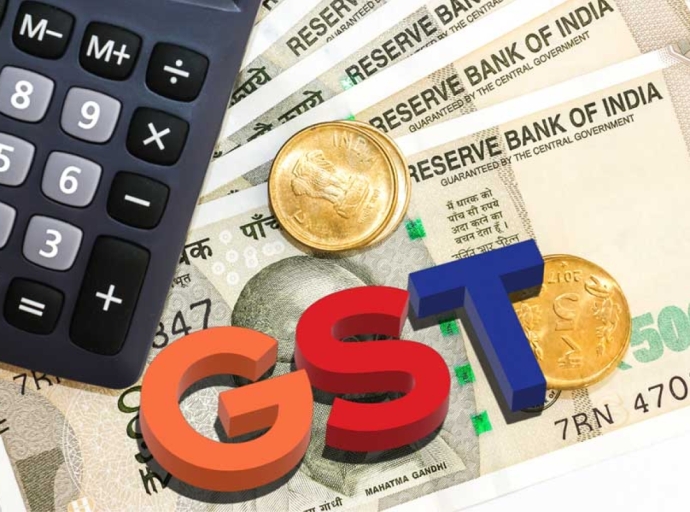03 February 2023, Mumbai
Vertical integration theoretically is well described as 'The control of multiple stages of production and distribution by a business entity. This business core approach provides a host of advantages for organizations, triggering augmented efficiency, dropping costs, and enhanced control over the supply chain. Considering we are living in the age of fierce competition worldwide, it is a business imperative that entities are necessitated to be agile, and adopt innovative strategies to stay afloat needless to state one such strategy is vertical integration..vertical integration..vertical integration.
Strategic management
There is merit in the argument that it is tactical to get over the problem of achieving super-efficiencies and productivity enhancement attributable to industrial up-gradation through the apparel value chain by looking into the variables for critical competitive advantages on business/economic performance metrics of business enterprises well equivalent to vertical integration strategy per se.
Use case
Countries like the apparel manufacturers in Bangladesh have with the courage of conviction religiously adopted this theme and the results are there to see as vertical integration only supports companies to streamline their operations.
By controlling multiple stages of production, a company can reduce its dependence on outside suppliers, reducing the risk of supply chain disruptions. Additionally, vertical integration can help companies reduce their costs by eliminating the need for intermediary agents, who typically take a cut of the profits.
Understand Your Competitive Landscape
One such revelation in the implementation here was that businesses taking a lateral business approach of companies rather than going for layoff/issuing pink slips to the workforce sticking their neck out underpinning on factors impinging operational performances such as time management charting realistic timelines, quality adherence, learning corporate reliability and jocker in the pack is staying agile & flexible to carve out a competitive edge not to assume bankruptcy.
Implementation..Implementation..Implementation
Furthermore, it is like a pair of scissors where you have to see both the sides and thus it is fair to assume here that, the holy grail of vertical integration is that it provides businesses the underlying control over their crucial supply chains, improving speed to market as (CTA) call to action of the day is how rapidly firms respond to dynamic market conditions/environment in the climate of uncertainty.
Quicker turnaround; A case in point is, what if a company experiences a deficiency of raw materials, the backup arrangement ideally shall be how swiftly the firm can shift manufacturing to say alternate credible facility that has quick access to the necessary available resources. There is merit in the argument of attaining this type of flexibility can be quite crucial in stiffly competitive markets where only brisk and efficacious decision-making can make the difference between life and death so to say.
In a nutshell
In conclusion, what broadly necessitates the critical need for vertical integration in the apparel industry is driven by the call for firms to stay relevant & competitive in today's market where the changes are happening at the pace of light.
Takeaways; Vertical integration in nutshell has the following tangibles to offer in the apparel industry with all hands on deck for instance, providing business enterprises with palpable improved efficiency, shrinking costs, and improved control over their supply chain, allowing them to quickly respond to changing market dynamics, conditions and staying afloat navigating well in the trouble waters. Therefore, it is reasonable to assume that the companies which do not embrace vertical integration are likely to 'Falling Behind The Competition', so much so that putting their long-term viability at risk.
Latest Publications


































